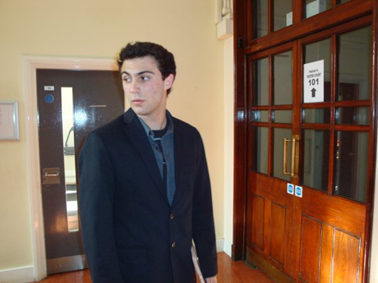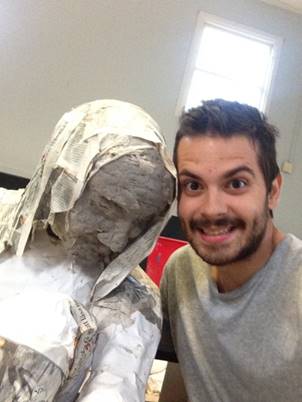If you’ve been reading my articles, I wrote one a year ago, called ‘The Child and the Box’ and it was about the use of technology in education and my educational decision to stop working with any ed tools that require tablet or smartphone use on the part of the child (especially for very young learners, i.e. children up to the age of 6). So I said back then, zero small screen time for the little ones.
Although I personally am a gadget freak and a sucker for any EdTech, using web tools for educational purposes from Day1, studying and teaching through online platforms, experimenting with this-and-that app, incorporating technology in my lessons, I simply listened to the experts (brain-scientists, psychiatrists, psychologists) and made up my mind about small screen exposure and children: no, we won’t be using it.
So, great! And then COVID19 hits and we’re stuck home. And I have to teach online! So how can I teach my very young learners now? And above all, how can I reduce passive consumption of screen time?
Having always been a proponent of an educational model where the learner is an active participant and even, a co-constructor of the lesson, here are some tips for language teachers, who do not want to go against their principles but still have to teach with the learner in front of the screen.
- Time: online time is different from face-to-face time. In my experience, 60 minutes of f2f lessons is equal to max 30 min of online lesson. So start by reducing the time of your lesson.
- Variety: make your lessons varied and active. Ask your learners to move, dance, follow instructions, go for scavenger hunts in their rooms, find objects, colors, put things at different places. Don’t have them sit on a chair in front of a screen, have them DO stuff!
- Flipped learning: send them any presentation material through links they can open and study in their own time. Ask parents to break down screen time into 20-min slots. As a teacher, make sure all the activities or presentation material you send to your young learners, for asynchronous work, are short. When you then meet for synchronous (live) teaching, be ready with ACTivities! It’s now their time to act, be doers, not more recipients of information.
- Sharing: be human, share your own story, show them around your house, your bookcase, the book you’re currently reading, your pet. Show them real life stuff, 3-dimensional and tangible. Ask them to prepare something for next time that involves zero screen time: to make something, to draw something, to bake something, to find something, to act out something and share it with you next time you meet synchronously. Ask them to look out of the window, to say what they see. Do your own homework too and prepare yourself the same ‘something’ !
- Parents: discuss with parents what you need. Discourage small screen use (phones and tablets). Discuss time limits for screen use in general. Ask them to help you. Explain why!
- Purpose: it’s all about the ‘why’. Why do you need to use technology to teach? If you’re a creative, insightful teacher, using a learner-centered pedagogy, promoting language learning for meaningful communication, caring about learner self-expression and emancipation, you will be the same teacher online. If you’ve always had learners as passive consumers of your lecture, screen or not, this article is not for you. Unless you want to change.


















